Athletes spend time and effort to train their bodies and surpass their limits.
Especially with runners, even a one-second improvement on their lap time is already a significant achievement.
Other factors, such as the right gear, can also improve their performance in so many ways.
Thus, “Do you run faster with spikes?” is one of the questions most beginners have in mind.
Although your running shoes can play a vital part in improving your speed, proper training is equally important.
If you are still confused, we will clear up the issue and explain the importance of spikes when running and some simple tips to improve your speed.
Do You Run Faster With Spikes?
Spikes provide extra traction, giving you the much-needed grip to propel yourself efficiently while running.
Your feet push your body forward when running, so they need to grip tightly on the road or track to help you run faster and prevent slips.
That said, spikes will enable you to exert your body’s capability fully, but they don’t make you any faster.
It would appear that you are running faster if you previously used shoes with poor traction, but they don’t really improve your overall speed.
Although using the right shoes for the competition can help improve your speed, other factors would help you run faster.
Simple Tips to Improve Your Running Speed
Usain Bolt, one of the fastest runners in the world, is a naturally-born runner, but he still needs to undergo rigorous training to keep his body in shape and reach the top.
If you’ve been training for a while and don’t see any improvements in your running speed, here are some of the simplest ways to improve your running speed.
1. Maintain a Good Running Form
It is always important to listen to your body because it would tell you if you have a good running form.
Here are some of the basic tips to help you figure out your best form when running:
- Keep your body tall and relaxed
- Strike the ground with a mid-foot landing
- Swing your forward and back
If your head, shoulders, or feet start to hurt, you need to re-adjust your form.

2. Perform Short Sprints
Have you seen some of the runners doing short sprints before the race?
The reason is that short sprints would serve as a warmup before the race.
When you’re also doing it during practice, it will help improve your acceleration.
You can regularly do eight to 12 sprints between 50 and 200 meters.
If you can reach your full speed in less time, you can maintain your top speed for a more extended period.
3. Don’t Forget Your Daily Stretches
Most runners think that stretching can only help prevent running injuries, but doing it can also improve flexibility.
By targeting the hip flexors, you can improve your flexibility and make better strides, improving your running speed at the same time.
4. Alternate Jogs and Sprints
For regular runners, switching up your pace allows you to rest and improve your endurance, especially during long-distance races.
By jogging after sprinting, you can rest your body a bit while still maintaining your average speed and not lowering your heart rate drastically.
That is not the only thing that this technique can do because alternating jogs and sprints can dramatically improve your speed.
5. Include Jump Rope During Practice
Jump rope is not only a popular workout for boxers because runners and other athletes are doing this to improve the reaction speed of their feet.
Soccer and football players are doing jump ropes to improve their speed. Jump rope can also improve your breathing techniques.
It can also help increase the healthy blood flow in your body and strengthen your cardiovascular health.
By doing jump ropes, you can train your breathing techniques and figure out the right pattern to use when running.
6. Run on Inclined Terrains
Look for hills or other inclined areas where you can practice your running.
Yes, this is definitely difficult and would drain all your stamina just from running uphill.
That said, it is one of the best methods to improve your speed since it is a form of resistance training.
Running uphill or using the treadmill can help build muscles on your hamstrings, glutes, quads, and calves, which are all the muscles needed to boost your running speed.

7. Consider Losing Weight (Optional)
This tip is not for everyone, especially if you are already at the bottom of the BMI.
Likewise, if you already have a normal BMI, it is best to maintain it.
Shedding pounds can help you improve your running speed significantly because your body is lighter.
Some experts say that you can reduce an average of 2.4 seconds on your mile time for every pound of body fat you lose.
The problem is that most runners don’t have the luxury to lose any more pounds because doing so would reduce their muscles.
Before you start losing weight, you should seek a medical professional’s help to make sure that your body can handle the weight loss program.
8. Learn Proper Breathing Technique
There is a breathing technique that a lot of runners use, but it would take a lot of practice.
Runners are using both their nose and mouth when running at faster speeds.
They inhale and exhale through their nose and mouth to get more oxygen to the muscles.
Instead of filling your chest with air, try belly breathing.
You should fill the diaphragm with air when you inhale.
It takes time to get used to it, but once you do, you will see a considerable improvement in your running speed and endurance.
9. Drink Coffee
As of the moment, more research is needed to verify this claim, but a lot of runners and athletes are doing this.
Drinking caffeine before running can improve your athletic performance.
You don’t need to take a huge amount of caffeine because even low doses can already improve your running performance.
Additionally, it is a legal performance enhancer, so you don’t have to worry about drinking a cup of coffee.
10. Do Indoor Cycling
Indoor bikes are one of the most important pieces of equipment that you need to have if you are planning to train for a running competition.
Indoor cycling provides a hip workout and will force your legs to adapt to the changing paces.
You can start with slow and leisurely rides to an all-out sprint.
It has the same effect as alternating jogs and sprints, but this is more convenient since you can do it inside your house.

11. Choose the Right Running Spikes
Aside from the tips mentioned above, choosing the right running spikes depending on the type of racing event would help you unlock your full potential and run at a higher speed.
If you plan to buy running shoes, here are some of the different running spikes you can consider:
-
Sprinting Spikes
These spikes are best for sprints done on 100- to 400-meter tracks.
They are the lightest pair of running shoes available on the market.
This kind of shoe has very little cushioning at the heels, and the runner will have to run on their toes.
It has a spike plate at the front area and a lot of pins to help take in more force and provide the needed grip to propel yourself forward.
-
Mid Distance Spikes
Mid distance spikes are made for 800- to 1,500-meter races.
They are still lightweight, but they have more padding at the heel area to provide more cushioning.
For this type of race, you have to slow down a bit to catch your breath, so you need enough cushioning for your feet.
They are less rigid than sprinting spikes, and the spike plate is not too close to your toes, providing a moderate speed when running.
-
Long Distance Spikes
This type of running spike is made for 1,500- to 10,000-meter races.
It offers the best cushioning and still provides a lightweight feel.
These shoes don’t have an aggressive spike compared to the other two since they take more force for a more extended period.
They are also very durable, but they are heavier, so your speed will decrease if you try to sprint while using this type of shoe.
-
Cross Country Spikes
Cross country shoes are not your typical pair of running shoes since it is made for off-road running.
It provides the best cushioning to give more protection to your feet since the terrain constantly changes.
These shoes also use longer spike pins and provide more ankle support.
They also have a more secure fit, so your shoes won’t slip off on uneven or muddy terrains.

Running Speed Improvement
So, do you run faster with spikes?
The spikes of your running shoes don’t necessarily make you faster. Still, they will enable you to harness your body’s full capacity and run to your limit.
That is because they provide the traction needed to help you propel your body forward with ease.
It is not wrong to rely on running shoes, but make sure you stay focused on your training.
Wearing the right spikes, along with proper training, will help improve your overall running performance.

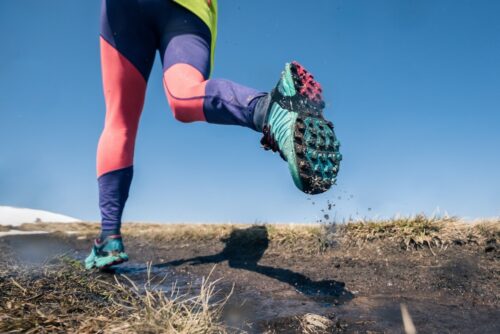
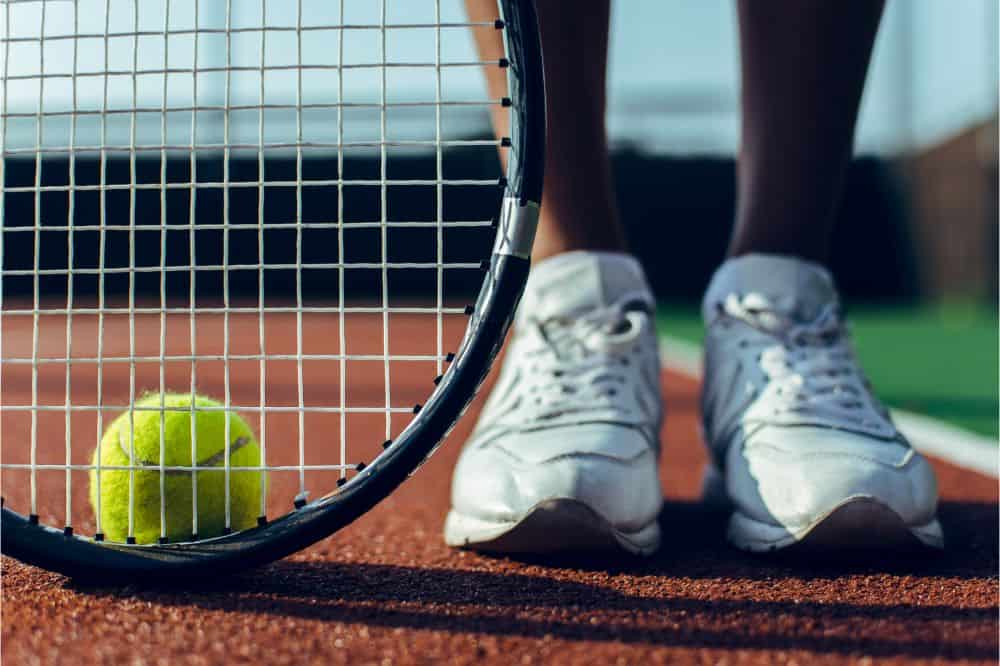
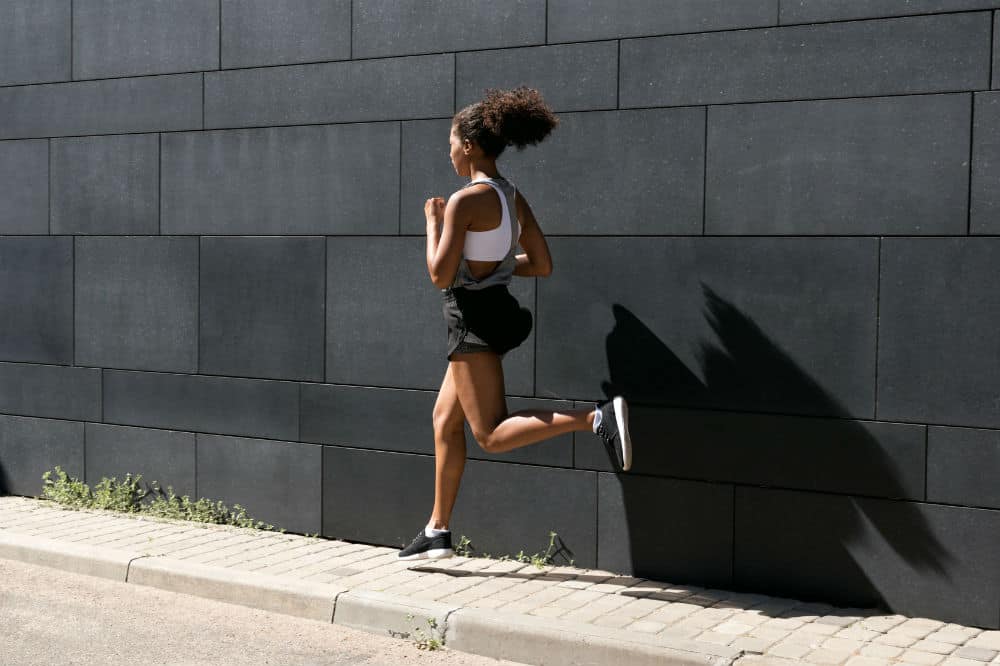
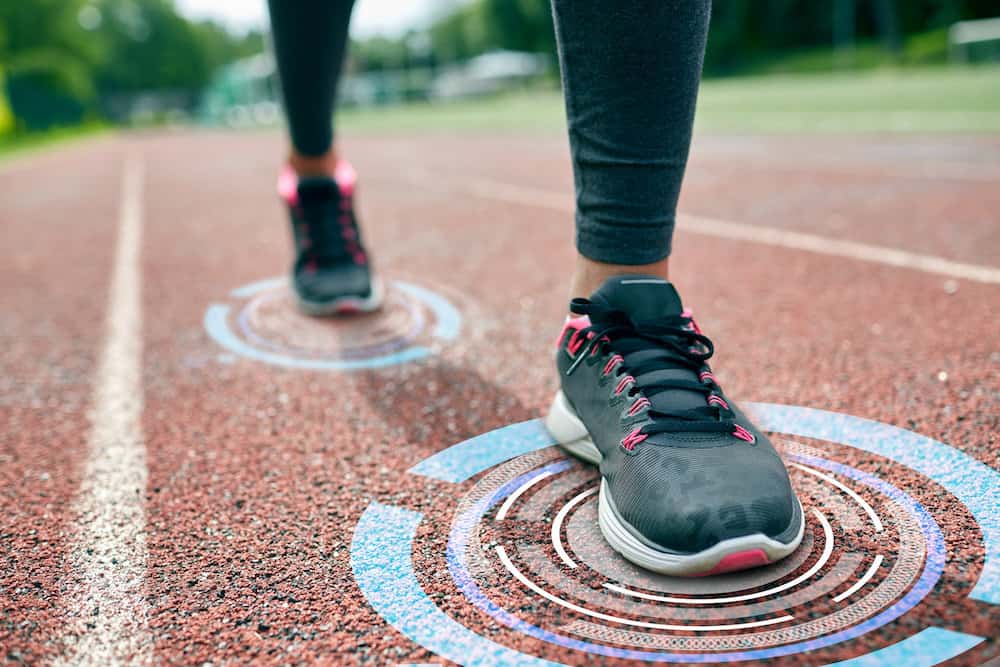
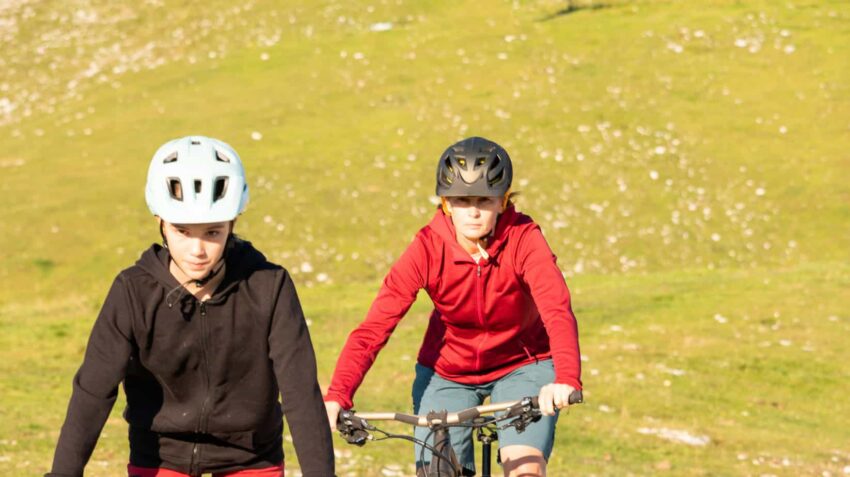
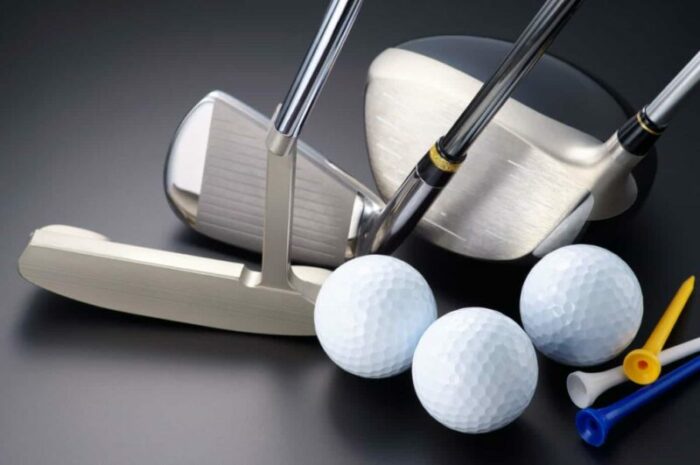
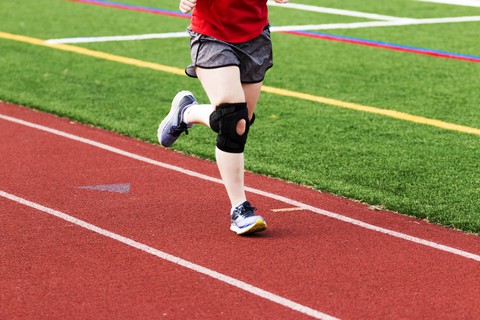

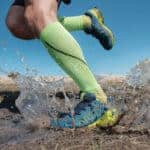


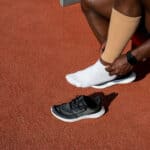

I really enjoyed reading and learning a great deal from your article ‘Do You Run Faster With Spikes: Best Tips For Improving Your Running Speed.’ I agree with you that spikes hold a great benefit on running shoes as they provide traction, as you mentioned, but I think the fact that there are running shoes without spikes raises a question about their importance.
Hello, Beesean, and thank you.
Thank you for your kind words.
Great to hear about your benefit of the article too.
And you are right; other factors have much more useful to help you run faster.
Bur spikes are significant for the grip and that it is too adding more safety when you run.
Don’t hesitate to contact me if I can help you with anything else or if you have any questions.
Thank you so much for sharing this here. Honestly, it is really helpful. My daughter is pursuing a career in athletics, and she is already assigned to a coach, though, but it can always be useful to add up things on your own while being home and doing the very least of things too. Thank you so much for sharing these tips
Hello, Nath, and thank you.
I agree. It is always good to get information and take out of it what is best for you.
Thank you for your kind words.
Great to hear about your benefit of the article too.
Don’t hesitate to contact me if I can help you with anything else or if you have any questions.
Everyone who trains knows that daily motivation is very important. It can be mental or physical. When there is not enough motivation, it can happen that you skip training, two or fall into monotony. Exploring new forms of motivation and how to improve in what you do is of great importance. I didn’t know that you should drink coffee before training; that is an extremely interesting fact.
Hello, Trudnocairoditeljstvo, and thank you.
I agree. You need to listen to your body and know when to rest it. Or important things happen which you need to take care of.
One great athletic, Ásdís Hjálmsdottir, has explained very well how important the rest it.
As we say, it needs more facts about the coffee, and you need to take it like that. But I like to do it!
Thank you for your kind words.
Great to hear about your benefit of the article too.
Don’t hesitate to contact me if I can help you with anything else or if you have any questions.
This was a very interesting read about running with spikes. As more of a distance runner (versus sprinter), I have always chosen a running shoe that did not have spikes. However, when playing other sports like softball, I relied heavily on the shoe cleats to get the fastest response for sprinting at a moment’s notice. I hadn’t really considered that there might be specialized cross country spikes, but it seems like it could be a helpful way to maintain stability over uneven terrain.
Hello, Aly, and thank you.
Thank you for your kind words.
Great to hear about your benefit of the article too.
Don’t hesitate to contact me if I can help you with anything else or if you have any questions.
Wearing trainers with spikes helps a lot when it’s slippery out; in such situations, it doe enable you to run faster because you’re not constantly worried about slipping. But, I agree on a normal occasion it shouldn’t make you run faster. You’ve got great tips on running- I do the odd run here and there, but I have a good friend who’s run the marathon a few times, and I recognize many of the techniques you mention!
Hello, Hollie Rose, and thank you.
Thank you for your kind words.
Great to hear about your benefit of the article too.
Don’t hesitate to contact me if I can help you with anything else or if you have any questions.